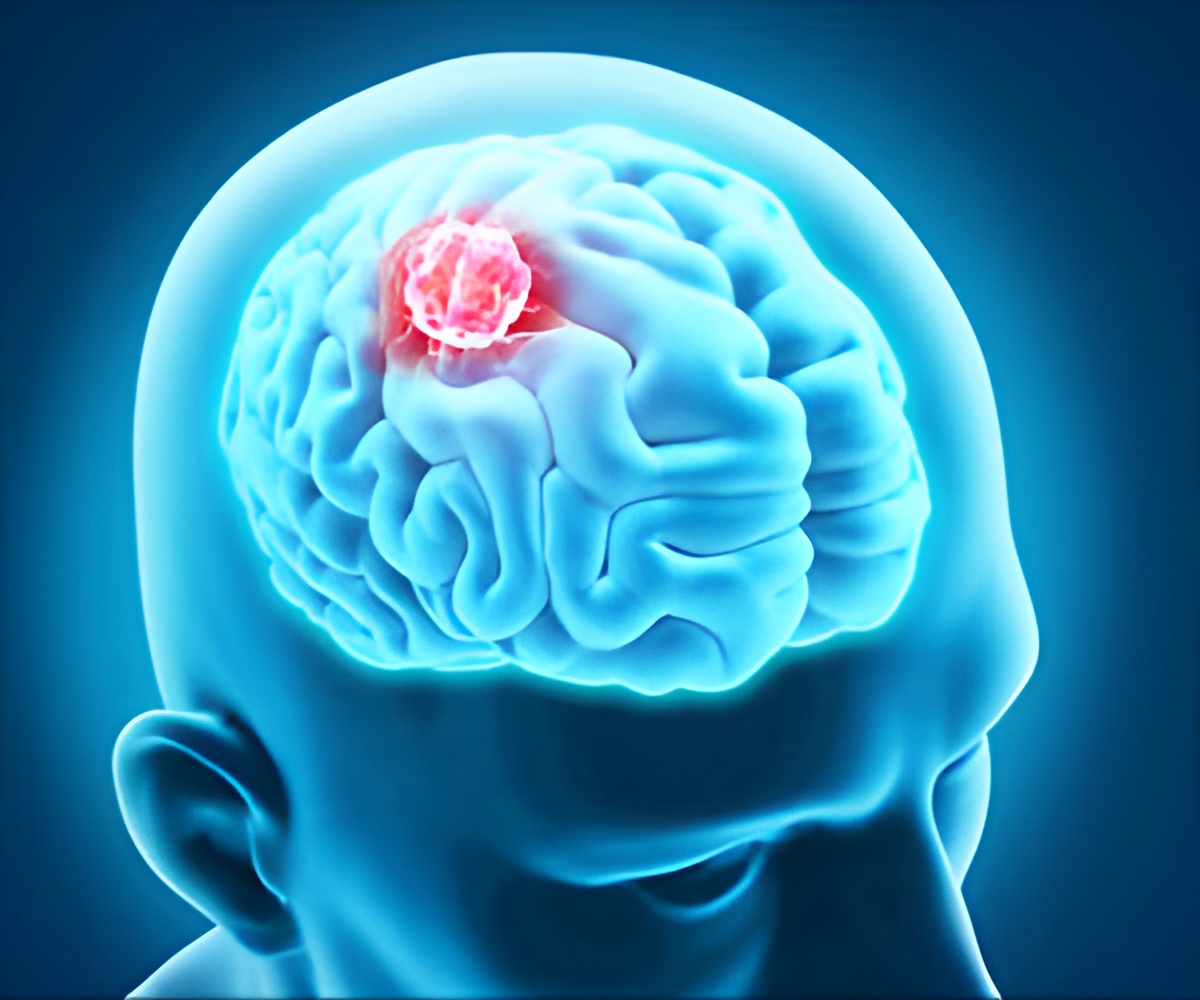
‘Suppressing the OSMR gene activity leads to starving and death of the glioblastoma tumor cells. Therefore, targeting OSMR gene, in combination with radiation therapy, can be an effective method to treat glioblastoma tumours.’
Read More..Tweet it Now
This approach, led by the laboratory of Arezu Jahani-Asl, Assistant Professor of Medicine at McGill University, was successful in preclinical mouse models where the deletion of the OSMR gene resulted in a significant improvement of tumour response to therapy and expanded lifespan.Read More..
Glioblastoma is the most common and aggressive cancerous brain tumour in adults due to its resistance to therapy. Treatment usually involves surgery, followed by chemotherapy and radiation therapy. Despite these intensive efforts, in most cases tumour cells regrow after treatment and the cancer recurs.
Starving cancer stem cells
Glioblastoma tumours contain rare cancer stem cells responsible for therapeutic resistance and tumour regrowth. In the study, researchers uncover the unique role OSMR plays in fortifying cancer stem cells’ resistance to therapy by strengthening mitochondria, the powerhouse of cell energy production. It makes the long journey to the mitochondria and interacts with energy-producing machinery to force them to generate more energy for cancer cells.
"To improve patient response to glioblastoma treatment, we must find new vulnerabilities in cancer stem cells and overcome their resistance to therapy. By suppressing OSMR, we were able to halt energy production in cancer stem cells, essentially starving them to death," says Jahani-Asl.
Advertisement
Source-Eurekalert












